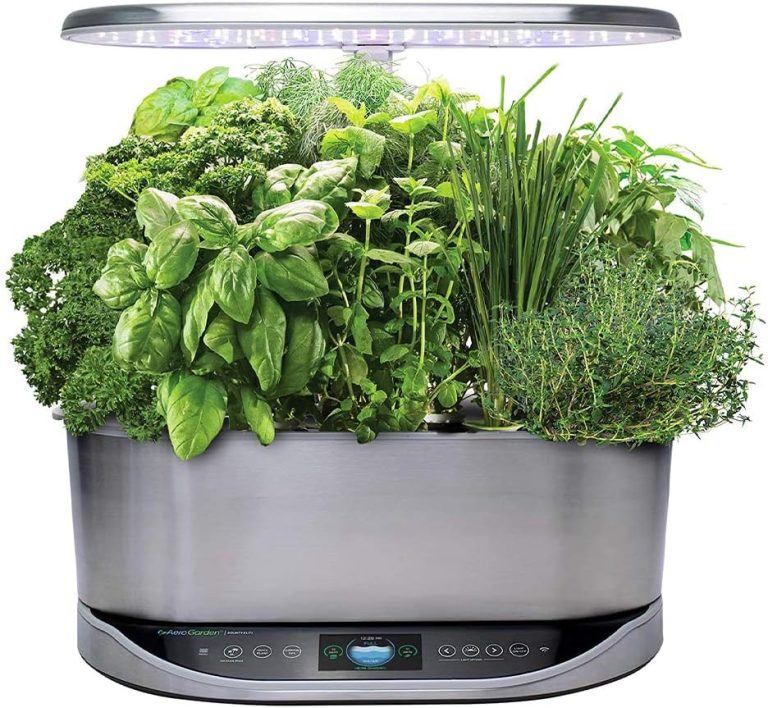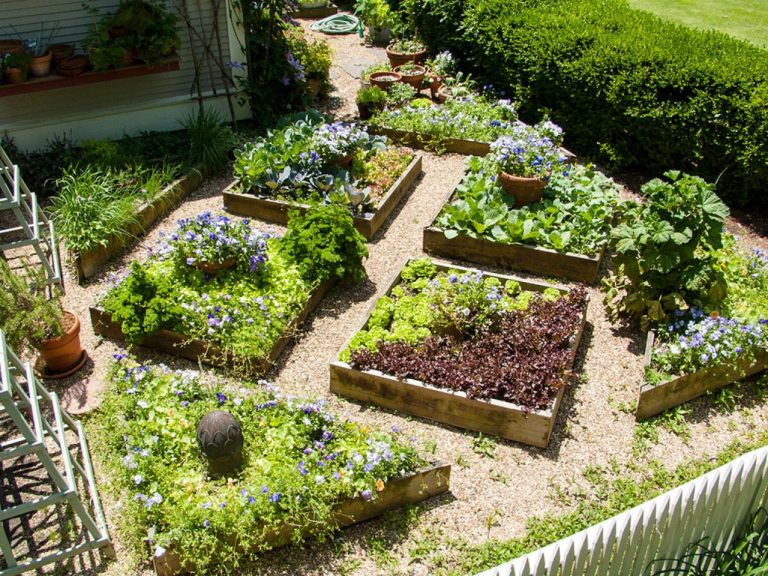Using Rocks in Your Landscaping for Beauty and Function
You don’t need a green thumb to create a beautiful landscape. All you need are the right plants, rocks, and soil to make it come to life.
Landscaping with rocks adds visual appeal and natural beauty to your home or business. It also functions as a natural barrier against weeds, erosion, and natural phenomena such as floods or hurricanes.
When used correctly, rocks can add a sense of peace and tranquility to your outdoor space. They can help control water runoff in case of flooding or excessive rainfall, provide habitat for local wildlife, create barriers against pests, and block sound from neighbors or noisy roadways.
Consider using rocks for any of these exciting ways to use them in your landscaping!
Create drainage channels
Drainage channels are crucial for improving water drainage and preventing ponding or flooding in your landscaping.
Use large, bold rocks to create a channel for water to flow through your yard. This will help prevent water from pooling near your foundation, which could lead to costly repairs.
Select the rock(s) you want to use to create a drainage channel. Large boulders work best, but smaller rocks can also be used. The size of the rock will determine the width of your channel.
You may have to break larger rocks into smaller pieces, so they fit properly. Next, remove the topsoil from the area where you want to create the channel.
Use a shovel or digging bar to make a trench at least 6 inches deep. Place the rocks in the trench vertically, with their largest side facing upward. Fill in around the rocks with the soil you initially removed.
Compact the soil gently with your hands or the back of a shovel to secure the rocks.
- Overall dimensions: 15.5” x 23” x 17.5” (H x L x W). Please review the rock dimensions photo showing variations in both height and overall footprint
- Natural texture and appearance that blends greatly with gardens, lawns, and landscapes! Due to variances in screen calibrations and manufacturing process, coloration may vary.
- Withstands extreme weather conditions and comes with two stakes to anchor into the ground.
- Covers up landscape utilities, place over wells, pipes, sprinkler valves, block them from sight, thus enhancing the landscape’s natural beauty.
- Complete line of landscape rocks available! The rocks come in many different sizes, along with an assortment of detailed textured rocks
Last update on 2025-11-15 / Affiliate links / Images from Amazon Product Advertising API
Create edging for walkways and driveways.
Create a beautiful, natural look with rocks as edging for walkways and driveway areas. Edging is designed to contain soil and provide your landscape a clean and refined look.
It can be made with various materials, including sandstone, limestone, granite, or other rock types. When installing rock edging, the first thing to do is select your desired type of rock.
You can often find rocks for sale that have already been cut to specific sizes for walkway edging. If you prefer to use rocks you have found yourself, you will likely need to cut them to size.
Next, create your desired pattern with the rocks and lay them down on top of the soil in your desired walkway or driveway area. You can decide whether to leave the rocks’ tops visible. If not, use a hammer to secure the rocks firmly into the soil.
Incorporate into your garden’s design.
Rock gardens are a beautiful way to incorporate rocks into your landscape design. A rock garden is a type of garden that uses rocks as its primary decorative element.
Many types of rock gardens exist, including alpine, desert, cascade, Japanese and Chinese. The first step to creating a rock garden is to select the type you want to create.
Once you’ve determined the type of garden you’d like to create, you can gather the rocks you will use. The best types of rocks for rock gardens are those that have a smooth and rounded shape.
Avoid rocks with sharp edges and corners. The number of rocks you decide to use in your rock garden will depend on the garden size and the design you are creating. Once you have collected the rocks you want to use, you can begin assembling them in your garden bed.
Use as a foundation for retaining walls.
Rock is the most natural option for a retaining wall, and many different types exist. Limestone, granite, and sandstone are just a few of the many types of rocks that make great retaining wall foundations.
When constructing a retaining wall, you’ll first want to decide which types of rock you’d like to use. Once you’ve selected the rocks you want to use, you’ll need to determine where the retaining wall will be built on your property and how high you would like it to be.
Before building the wall, you’ll need to excavate the area where the wall will be built and remove any plants or vegetation that’s in the way. You may even need to remove some soil to get the rocks below ground level.
You can then begin stacking the rocks in the desired pattern. You’ll need to use concrete or some other stabilizer to attach the rocks together.
Add color and interest to bland spaces.
Boring, bland spaces can be spiced up with the addition of rocks. Create an interesting and eye-catching design in your landscape by using a single type of rock or a combination of various rocks.
Before choosing the rocks you want to use, you’ll need to decide on a design. You can create a border, line a walkway, create a wall, or create a path. Once you’ve determined where to use the rocks, you can begin collecting them.
You can choose to buy the rocks from a local landscape supply store, or you can search for rocks in your area. Once you’ve collected the rocks you want to use, you’ll need to decide on a design and layout.
You can create a border, line a walkway, create a wall, or create a path. Once you’ve decided on the layout, begin laying down your rocks. You can either use a large rock or smaller rocks that have been broken down into smaller pieces.
- Each beach pebble is one of a kind and color hues range from grey to charcoal
- Beautiful, natural stone to use when trying to save water in dry-scape or xeriscape landscaping and gardening
- Ideal as a lawn replacement or for rock gardens, pathways, around trees, river beds, ponds and water features
- Helps with erosion control, water retention in the soil and restrains weed growth
- Naturally makes your yard or garden easy to maintain and beautiful year round
Last update on 2025-11-15 / Affiliate links / Images from Amazon Product Advertising API
Lay down in place of the lawn
If you want to reduce your maintenance requirements or water usage, consider using rocks instead of lawns.
An interesting layout of rocks can create an entirely different design aesthetic that focuses on the rocks themselves and their various shapes and colors. Adding grasses and other low-growing plants can help soften the look of your landscape design.
When deciding how many rocks to use in place of a lawn, keep in mind that you may need a larger amount than you think. Depending on your type of rocks, you may need a certain amount per square foot to create a level, even surface.
If you don’t have enough rocks, you can supplement your landscaping design with other materials, such as gravel or wood bark mulch.









